pv magazine: There are forecasts that floating PV installations in India could reach between 1-2GW annually within the next 12-18 months. Is this in line with what you are hearing from the market?
Vivek Chaturvedi: We are very optimistic about solar PV growth potential both globally and in India. However, for India, with just 3 MW installed end at the end of 2018, slow development activity in general and a lack of data of water bodies and services for developing floating solar projects the market, it will take a bit longer to gain traction. The market is not likely to reach 1-2 GW within the next 12-18 months.
What do you believe are the drivers for floating solar in India?
Key drivers for growth of the floating PV market in India are higher electricity generation efficiency, due to the cooling effect, reduced water evaporation, avoidance of expensive and time consuming land acquisition, and the use of existing grid infrastructure when installed for instance on reservoirs, in the case of hydro-electric dams.
Future PV Roundtable at REI 2019
Additional to costing somewhat more to execute, floating PV installations can also be more demanding on a component level. From a material supplier perspective, what do developers need to keep in mind for high performance and also long lived floating PV arrays?
In general, the installation of PV modules on water surfaces instead of on land will expose the panels to higher moisture as well as higher UV radiation levels. Developers should keep that in mind when selecting the modules and their BOM. For instance, when selecting a backsheet with a PET core layer, modules are less protected against moisture, as PET is very sensitive to moisture and UV breakdown. DSM’s Endurance backsheet is co-extruded and made of robust materials with a superior moisture barrier performance and UV protection. So they are suitable for solar modules operating in extreme environments like floating PV.
How would you describe the level of awareness about these additional demands in the Indian market is at present?
That awareness is hardly existing. Not only in India by the way, but also globally. So far most of R&D efforts have focused on floating bodies, using just the traditional modules developed for installation on land. But climatic circumstances and lifetime loads are definitely different.
While we’re talking about water, I understand that water conservation is increasingly a talking point in the Indian PV industry. Why is this and how is it impacting PV power plant operation?
Soiling of modules is a factor that seriously impacts the economics, and therefore regular cleaning is required, which can consume large amounts of water. However, procurement of water is a considerable burden as solar plants in India are often located in remote, dry areas, where water is scarce. Besides, the rapid growth of PV solar parks and water use conflicts with other social and economic uses, and with the environment. Larger developers in India have begun to actively manage water consumption. Robotic cleaning and installing modules with an anti-soiling coating are a possible means to reduce water consumption. Bridge to India produced a report in September of last year, “Water use in solar power sector”, which addresses this.
With an increasing focus on soiling, what data have you collected about soiling in Indian PV and potential fixes?
Incidentally, soiling can reduce panel output up to 30%. Using DSM Anti-Soiling coating we have measured annual power gains of 1-2% on top of the standard anti-reflective effect. In a field-test done in Andhra Pradesh, in India, we found the owner could benefit from an EBITDA increase of 1.8% if the test would be extrapolated to the full 150 MW. This was achieved by a combination of higher electricity output (+2.56%) and lowering the number of cleaning cycles that are required to run and maintain the installation in an efficient manner (minus 10 cycles per year).
While the exact performance of the anti soiling coating can differ according to the circumstances and location of its use, it is clear this technology offers some very real advantages to solar park owners. We invite our customers to model their projects and assess the potential benefits of the DSM Anti-Soiling coating together with our team.
It makes me proud that we are not only offering an economical solution to solar park owners, and making solar more cost effective, but that our anti soiling coating solution also contributes to one of the challenges our world is facing – water scarcity – expressed as one of United Nations’ strategic development goals (SDG 12): sustainable consumption and production.
This content is protected by copyright and may not be reused. If you want to cooperate with us and would like to reuse some of our content, please contact: editors@pv-magazine.com.

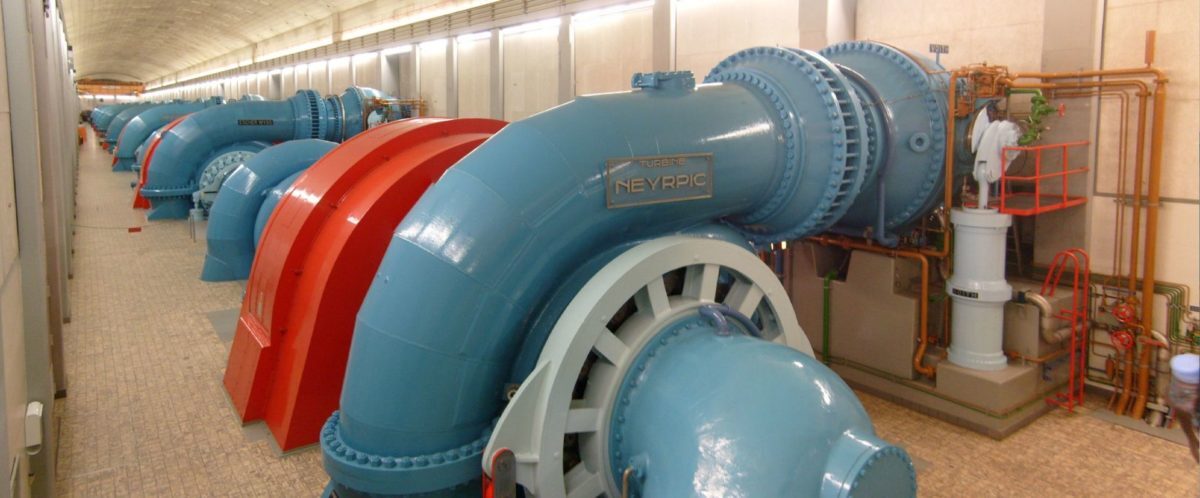


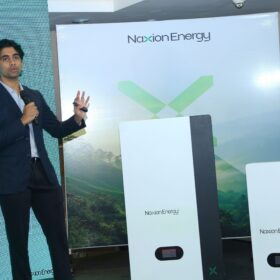
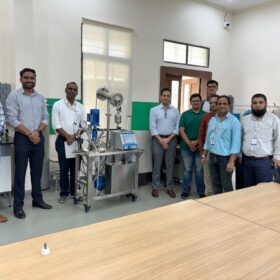
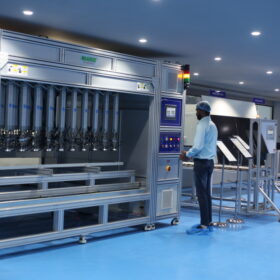
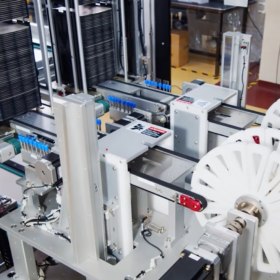
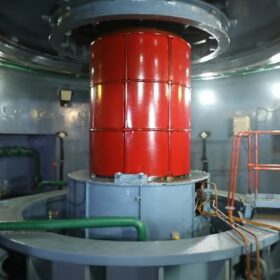
Kindly refer to your answer to query that” Key drivers for growth of the floating PV market in India are higher electricity generation efficiency, due to the cooling effect………
To have the higher efficiency due to cooling effect for Floating PV modules, one need not go for a floating solution. Same can also be achieved by so called “Coolback” of PV solar modules and have the same or better efficiency even on land based systems. While only evaporation can be the source of cooling effect in floating solution, better cooling can be achieved by a “coolback” of PV solar module.
It may be appreciated that heat is bad for solar panel’s performance. So it can be expected that solar panel efficiency will decline as a result of global warming, say by 2100 or so. Solar power has emerged as the dominant renewable energy source in many places with lot of sunny days during any given year. One would thus think that solar would flourish even more spectacularly as the earth warms.
Thus it seems that it makes sense to improve the output and lifetime of solar PV modules through cost-effective cooling. “Backsheet Cooling” has emerged as a concept, which is a combination of a heat sink, with radiation and passive convection heat dissipation. Beside adding strength, it delivers cooling to the solar PV modules.